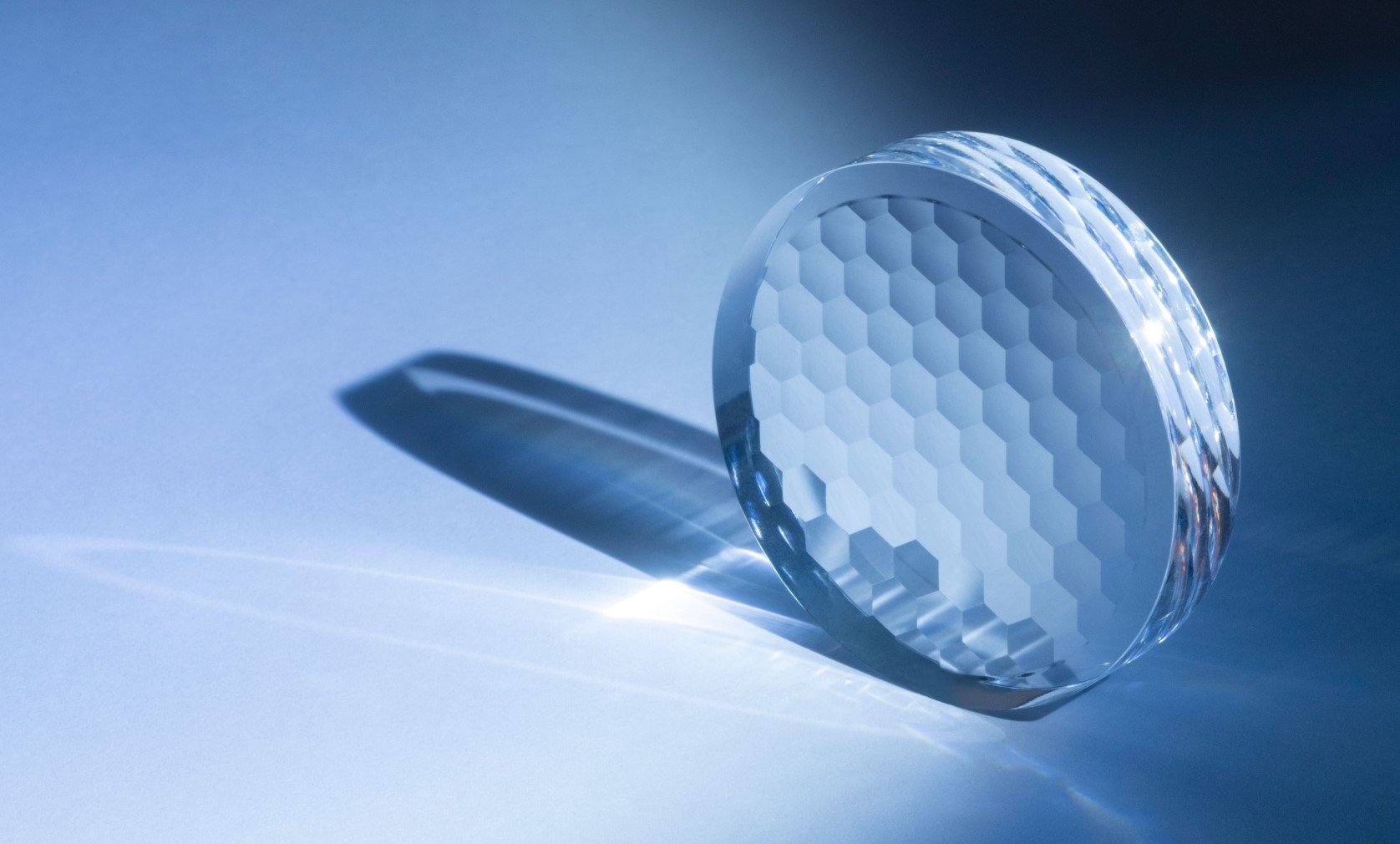About This Webinar

This presentation provides a landscape of the freeform concept, design, product, and module solutions that are available for managers and designers of laser systems and applications that must deliver a performance enhancement that is difficult to obtain with conventional optics. Stephen Kidd discusses laser systems that cover wavelengths from 266 nm to 2 μm, with low- and high-power lasers that are CW or pulsed. The majority of today’s laser applications are performed using a circular beam with a Gaussian profile because it is the ubiquitous default output of many different laser types. Such beams though, are often not optimal for the process they are employed to fulfill, whether that is cutting, welding, materials processing, additive manufacturing, illumination, communication, laser-induced fusion, directed energy, or another application. When conventional optics are used to shape or change the profile of laser beams, the constraints of rotational symmetry and spherical surfaces heavily restrict what is possible and often induce unwanted aberrations. Freeform optics are an elegant solution for beam shaping and aberration correction and allow optimization of laser applications because they remove those very constraints. However, freeform optics are often regarded as difficult to design, difficult to incorporate into optical systems, expensive to make, and limited in optical performance. As a result, they occupy a small niche in the photonics industry.
This webinar shows that there are easy, cost-effective ways to design, manufacture, and integrate solutions for high-grade, high-performance, fused silica freeform optics to enhance laser systems and applications. Kidd shares examples of some of the most prevalent and important laser applications to show the technical and financial impact of using freeform optics solutions. These include coherent beam combing for laser-induced fusion and other directed energy applications as well as blue laser beam shaping for the welding of lithium-ion batteries and other electric vehicle components.

Who should attend:
R&D scientists, engineers, and manufacturers who work with laser equipment and laser applications. Those who are interested in learning how freeform optics can improve their laser performance. Managers, purchasers, and consultants who utilize fiber optics, imaging, microscopy, nanophotonics, optical components, and spectroscopy in their work. Those in industries such as defense, energy, aerospace, machine vision, biophotonics, medicine, and ophthalmology.
About the presenter:
 Stephen Kidd, Ph.D., is head of sales and marketing at PowerPhotonic. He completed his academic education with a doctorate in fiber optic sensors from Heriot-Watt University and embarked on a product management career with Melles Griot. Since then, he has held senior management positions at multiple companies prior to joining PowerPhotonic in 2020. His areas of expertise include high-power lasers for industrial applications and defense applications.
Stephen Kidd, Ph.D., is head of sales and marketing at PowerPhotonic. He completed his academic education with a doctorate in fiber optic sensors from Heriot-Watt University and embarked on a product management career with Melles Griot. Since then, he has held senior management positions at multiple companies prior to joining PowerPhotonic in 2020. His areas of expertise include high-power lasers for industrial applications and defense applications.
About PowerPhotonic:
PowerPhotonic enhances laser processes and optical systems. Their high-quality, wafer-scale, freeform optics offer the potential for significant performance gains in laser applications and optical systems such as efficiency, precision, or consistency. They produce some of the smoothest, lowest scattering, truly freeform optical surfaces in the world.